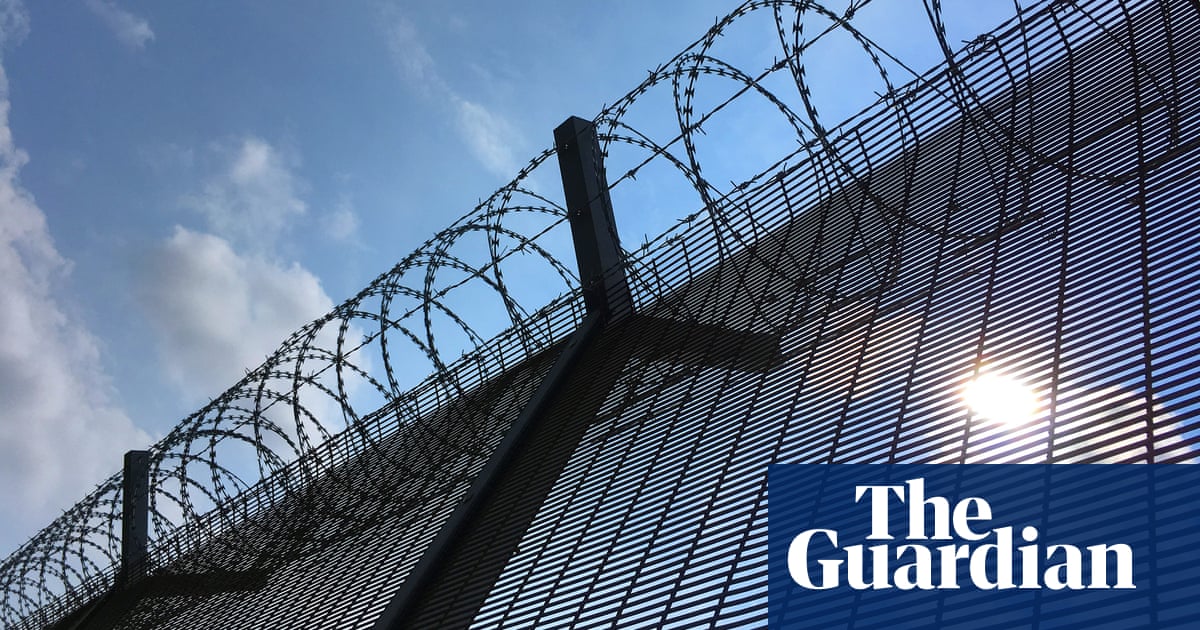- cross-posted to:
- [email protected]
- [email protected]
- [email protected]
- cross-posted to:
- [email protected]
- [email protected]
- [email protected]
Jason Wilson’s death was raised in testimony in a four-day hearing last week in federal court in Austin, Texas, where the state’s department of criminal justice is being sued for subjecting inmates to cruel and unusual punishment banned under the US constitution. The opening line of the complaint bluntly claims: “Texas prisoners are being cooked to death.”
With Texas reaching its summer temperature peak over the next few days, the complaint says that prisoners suffer 100F-plus heat on a daily basis. On average, 14 people die of extreme heat in their cells annually, the plaintiffs say – a figure the state disputes.
The legal action aims to force the Texas Department of Criminal Justice (TDCJ) to air condition all its prisons, about two-thirds of which currently lack AC. As a result, about 85,000 prisoners across dozens of correctional institutions are estimated to be at risk of heat stroke, exhaustion, nausea and other heat-related conditions, even to the point of death.



Private Prisons in the United States
I wonder if these are actually state owned since they mention saving the tax payers money by letting them die. For profits need the body count.